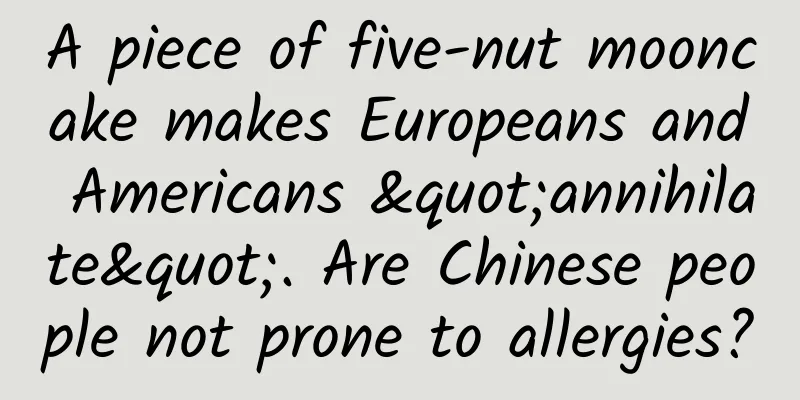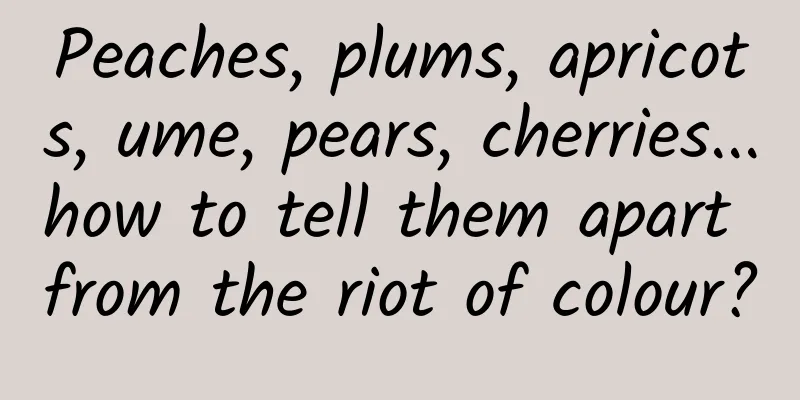The efficacy and function of big money grass

|
I wonder if you have ever heard of the giant moneywort. Houttuynia cordata has great benefits for regulating our body and can also play a good role in treating some diseases. Today let us look at the relevant knowledge about Houttuynia cordata. [Other names] Immortal sitting opposite grass (Baicao Jing), ground centipede (Wang Anqing's Collection of Medicinal Herbs), centipede grass (Compendium of Materia Medica Supplement), passerby grass (Illustrated Record of Plant Names and Realities), copper coin grass (Herbal Prescriptions), wild peanut (Plant Name Collection), immortal sitting opposite grass (Lingnan Collection of Medicinal Herbs), Sichuan big money grass, small eggplant (Chinese Medicine Bulletin 6 (1): 26, 1959), opposite grass (Jiangsu Plant Medicinal Herbs), a string of money (Compendium of Common Folk Herbs), temporary rescue (Zhejiang Folk Herbs), jaundice grass (Compendium of Materia Medica), one-sided gong, money lung tendon grass, vine side ear root, white side ear root copper coin flower, water side ear root (Chongqing Herbs), Dalian money grass (Chinese Medicinal Plant Atlas), ground glutinous rice (Hunan Medicinal Herbs). [Source] The whole herb or the whole herb with roots of the Rhizoma Cibotii of the family Cyperi. Harvested in May, used fresh or sun-dried. [Original morphology] Perennial herb with a little soft hair or nearly hairless, weak stem, creeping on the ground, 20 to 60 cm long; leaves, calyx, and corolla all have dot-shaped and striped black glands. Leaves are opposite; ovate or cordate, 3-5 cm long, 2.5-4.5 cm wide, obtuse or blunt at apex, cuneate or cordate at base, entire; petiolate. Flowers are yellow, in pairs axillary, with pedicels; sepals 5, linear-lanceolate to linear, slightly hairy when young, glabrous when mature; petals 5, twice as long as sepals, lobes linear-ligulate, pointed at the tip; stamens 5, 3 longer, 2 shorter, about half the length of the corolla, filaments fused into a tube at the base; ovary superior, style long, stigma capitate, usually persistent. The capsule is spherical or nearly spherical, with short black glands. Flowering period is from May to July. The fruiting period is from September to October. [Habitat distribution] It likes to grow in sparse forests and wetlands on hillsides. Distributed in East China, South China, Southwest China, Central China, Shaanxi, Gansu, Shanxi and other places. It is mainly produced in Sichuan; in addition, it is also produced in Jiangsu, Guangxi, Zhejiang, Hunan and other places. [Properties] The whole plant often shrinks into a ball when dried. The roots are slender and light yellow; the stems are twisted, dark reddish brown, with many fine longitudinal grooves on the surface, about 1 mm in diameter, and glabrous; the outer circle of the cross section is dark brown, with a light yellow center; there are fibrous roots at the lower stem nodes. The leaves are opposite, mostly wrinkled, ovate or cordate, with one main vein protruding below, and lateral veins not obvious. They are brown-green above and lighter below, and are brittle and easily broken. After soaking in water, short black stripes can be seen through light. Flowers and fruits are generally not seen. It has a slight fragrance and a light, slightly sour taste. [Chemical composition] ① The whole herb of Rhizoma Passiflorae contains phenolic components, sterols, flavonoids, amino acids, tannins, volatile oils and choline. 【Nature and flavor】 Sweet, mild, neutral. 【Functions and indications】 Clears away heat, promotes dampness, reduces swelling and detoxifies. Treat jaundice, edema, gallstones, kidney stones, bladder stones, nausea, dysphagia, injuries from falls, and carbuncles. [Usage and Dosage] For oral use: decoct in water, 0.5-2 liang; or mash into juice. For external use: mash and apply. [Additional prescription] ① Treat the initial stage of jaundice, and also treat exhaustion and jaundice: three leaves of Immortal Grass, three grams each of White Purslane, Pinellia ternata, and Artemisia capillaris. Decoction in water and divide into three doses, morning, noon and evening. (Bai Cao Mirror) 【Clinical application】 ①Treatment of calculi [Remarks] There is also a plant of the same genus, Passerella odorata, in Sichuan Province. Its whole herb or the whole herb with roots can also be used as Houttuynia cordata. 【Excerpt】 《*Dictionary》 After reading the above article, I believe everyone has basically understood the effects and functions of Houttuynia cordata, right? The medicinal value of Houttuynia cordata is extremely high, but it is not suitable for everyone. You should judge based on your own actual situation. I hope everyone will pay attention to this. |
<<: The efficacy and function of Dahuashishanglian
>>: The efficacy and function of the Dajin incense burner
Recommend
Effects of Angelica dahurica
Angelica dahurica is a traditional Chinese medici...
The efficacy and function of Salvia miltiorrhiza
The essence of traditional Chinese medicine is to...
What are the ways to eat fresh Cynomorium songaricum
The ever-accelerating pace of life often causes s...
How to identify the authenticity of American ginseng
American ginseng may be the best choice for nouri...
The efficacy and function of soybean
Soybeans can not only supplement the body's n...
What are the effects and functions of Phyllanthus emblica
Emblica emblica is a plant of the genus Citrus, a...
Can I still drink Chinese medicine if it turns sour?
Nowadays, many people actually recognize the trea...
The efficacy and function of Niudali
What kind of plant is Codonopsis pilosula? What a...
A new round of precipitation is coming to the south! Beware of the "overlay effect" when traveling on May Day
It is the May Day holiday, but the weather is not...
The efficacy and function of clear eggplant
Clear eggplant is a kind of traditional Chinese m...
Effects and functions of Dendrobium
It is very common in life that different medicine...
What is Gecko
There are many details in life that deserve your ...
Is the “hydrogen balloon” filled with hydrogen or helium?
When I think back to my childhood, I can’t help b...
What would happen if the “Tiangong Classroom” was moved to Earth? The result of our work is…
The "penguin suit" that embodies the in...









